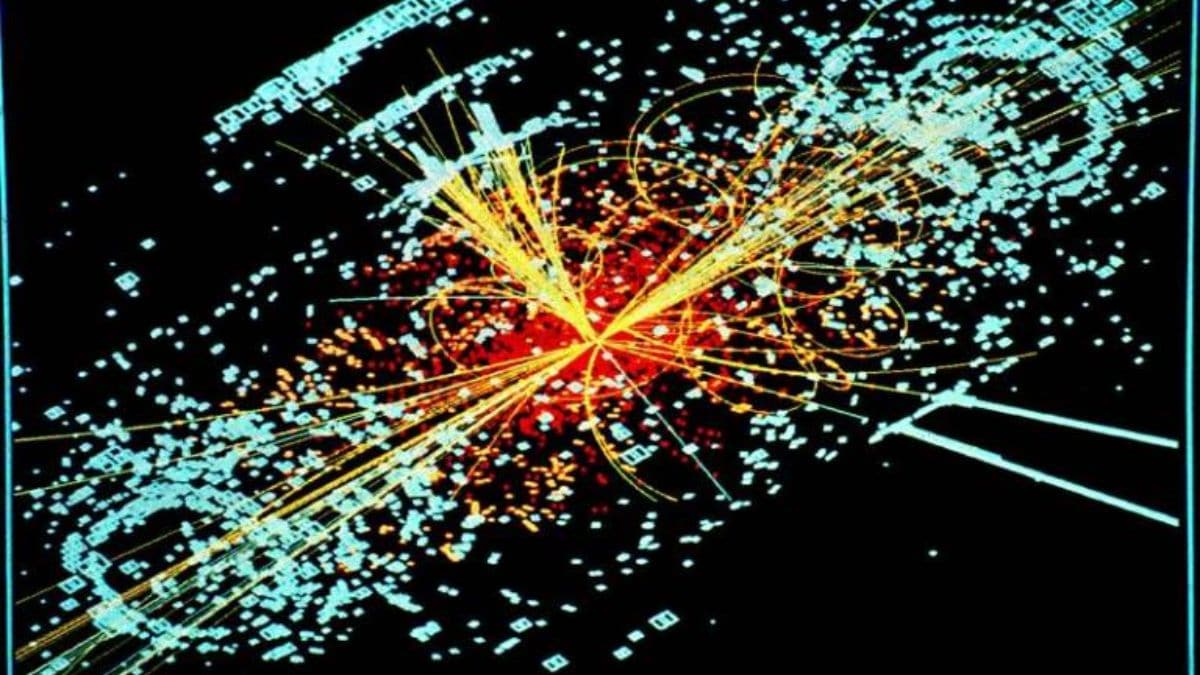Mars has now emerged as the new frontier, with most space-faring nations focussing on the exploration of the Red Planet. The idea behind exploring Mars is to find signs of life, understand its climate, and figure out natural resources. However, a new research suggests that explorers looking for ancient life on Mars could be misled by specimens that appear to be fossils. The Martian rocks may contain numerous types of non-biological deposits that look similar to the fossils likely to be found if the planet has ever supported life, it says. Researchers say these “false fossils” are detrimental to the success of Mars exploration missions.
The researchers, belonging to the universities of Edinburgh and Oxford, reviewed the evidence and identified dozens of processes that could have produced samples resembling lifeforms that may once have existed on Mars. These processes can create deposits such as bacterial cells and carbon-based molecules that look like close relatives of the cells of all known life.
The astrobiologists, whose study has been published in the Journal of the Geological Society, say as signs of life can be closely mimicked by non-living processes, the origins of any fossil-like specimens found on Mars are likely to be very unclear. This calls for greater interdisciplinary research to better understand how lifelike deposits could form on the Martian surface.
“At some stage, a Mars rover will almost certainly find something that looks a lot like a fossil. So, being able to confidently distinguish these from structures and substances made by chemical reactions is vital,” said Dr. Sean McMahon, Chancellor’s Fellow in Astrobiology at the University of Edinburgh.
Today, there are more spacecraft operating on Mars than any other planet besides Earth. NASA has landed a rover named Perseverance along with the Ingenuity helicopter on the surface of Mars, while India has sent an orbiter called Mangalyaan to the Red Planet.



